Car Rental Form

Use this form template to build your own car rental request form. It includes most information requests needed for fulfilling the car rental request including pick-up and drop-off locations, pick-up and drop-off dates, car selection, any extras needed such as GPS navigation, infant seats, etc"
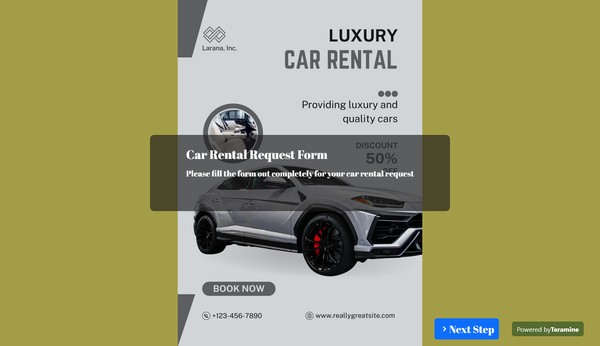
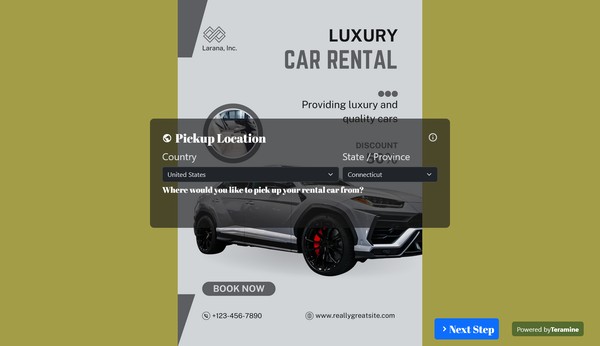
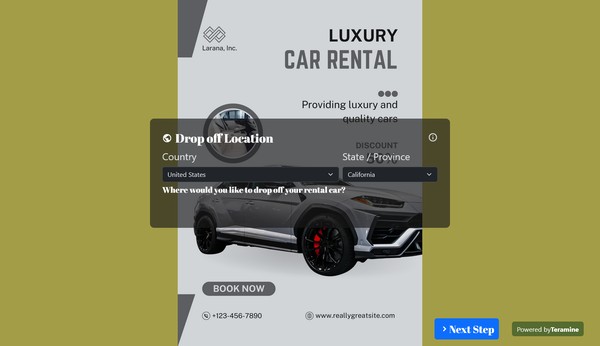
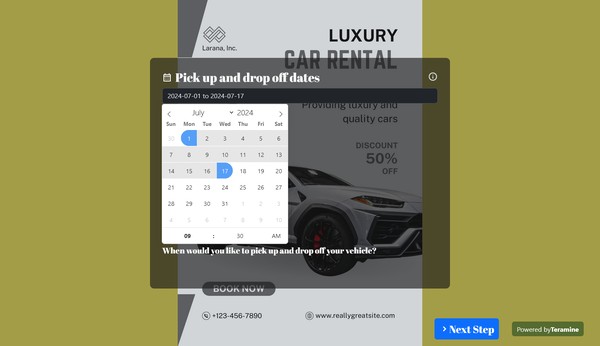
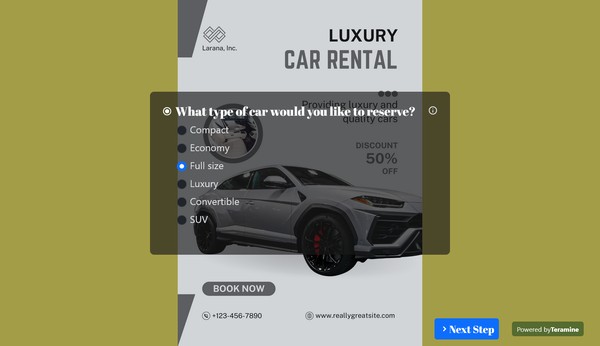
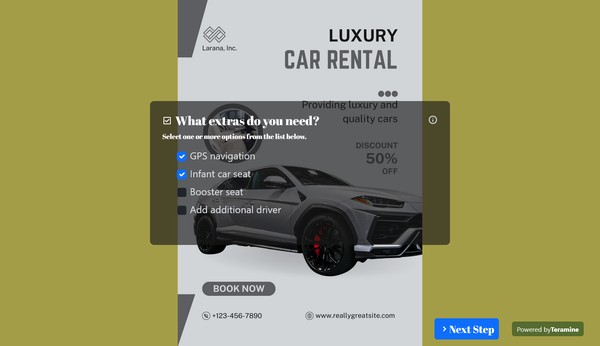
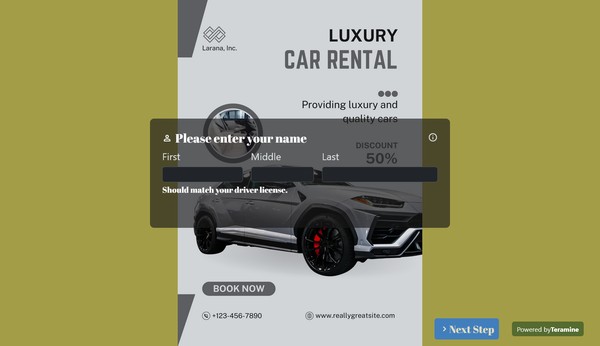
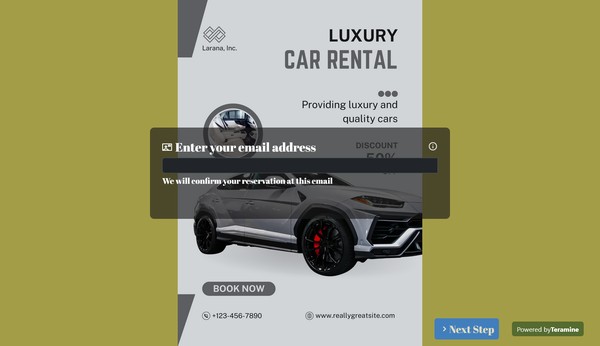
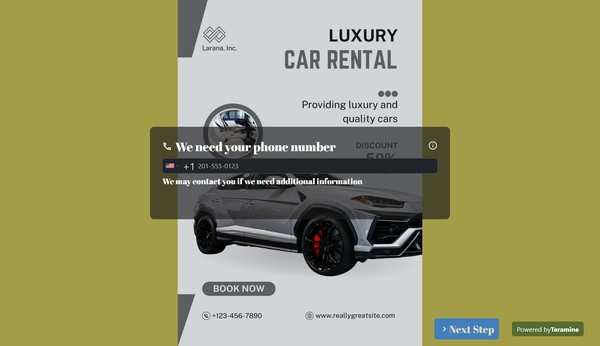
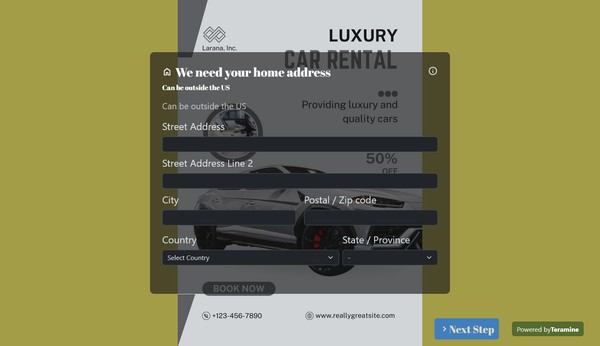
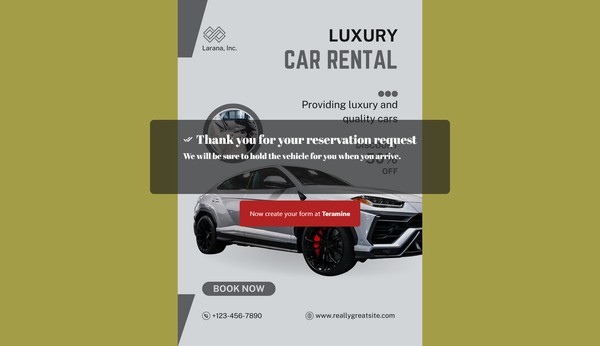
Car Rental Form FAQs
A car rental form is a standardized document used by car rental companies to collect essential information and contractual agreements from customers who wish to rent a vehicle. This form typically includes fields for personal information such as the renter's name, contact details, and driver's license number. Additionally, it outlines rental terms and conditions, such as the rental period, type of vehicle, rental rates, payment information, and insurance options. The form also includes clauses for the renter's acknowledgment of policies regarding vehicle usage, mileage restrictions, fuel requirements, and any potential penalties or fees. By completing and signing the car rental form, both the rental company and the customer formalize their agreement, ensuring mutual understanding and compliance with rental procedures and regulations.
A comprehensive car rental form should contain the following key elements to ensure clarity, accuracy, and completeness of the rental agreement:
Renter Information:
- Full Name
- Date of Birth
- Address
- Email Address
- Phone Number
- Driver’s License Number and Expiry Date
- Emergency Contact Information
Rental Vehicle Information:
- Vehicle Make and Model
- Vehicle Identification Number (VIN)
- License Plate Number
- Odometer Reading at Pickup
Rental Period:
- Pickup Date and Time
- Return Date and Time
Rental Rates and Charges:
- Daily, Weekly, or Monthly Rental Rate
- Mileage Allowance (if applicable)
- Additional Mileage Charges
- Fuel Policy (e.g., full-to-full, prepaid fuel)
- Additional Driver Fees
- Insurance Options
- Taxes and Surcharges
- Estimated Total Cost
Payment Information:
- Accepted Payment Methods
- Credit/Debit Card Information
- Deposit Amount and Authorization
Terms and Conditions:
- Rental Agreement Terms
- Vehicle Usage Restrictions
- Maintenance and Responsibility Clauses
- Late Return Policy and Charges
- Damage and Liability Policy
- Breakdown and Accident Procedures
- Cancellation Policy
Signatures:
- Renter’s Signature and Date
- Rental Agent’s Signature and Date
Additional Options:
- GPS Navigation System
- Child Safety Seats
- Additional Insurance Coverage
- Additional Equipment (e.g., ski racks, bike racks)
- Roadside Assistance
Inspection Report:
- Pre-Rental Inspection Checklist
- Photos or Descriptions of Existing Damage
- Post-Rental Inspection Checklist
Including these elements will help ensure all important details are clearly communicated and agreed upon, reducing the risk of misunderstandings or disputes.
Utilizing a car rental form confers numerous advantages that streamline operations both for the rental agency and the customer. Key benefits include:
Efficiency and Speed: Car rental forms standardize the information collection process, enabling agencies to quickly gather all necessary data in a consistent format. This accelerates the rental process, enhancing productivity and minimizing wait times.
Accuracy and Completeness: Standardized forms ensure that all critical information is captured accurately, reducing the risk of errors and omissions. This thoroughness enhances compliance with legal and regulatory requirements.
Enhanced Customer Experience: By systematically collecting customer preferences and requirements through the form, rental agencies can better meet individual needs, leading to higher levels of customer satisfaction and loyalty.
Record-Keeping and Documentation: Well-maintained forms serve as valuable records for both the agency and customers. They provide clear documentation of the rental terms, vehicle condition, and agreement specifics, which is essential for resolving disputes and maintaining transparency.
Operational Consistency: Car rental forms establish a consistent approach to customer interactions across various branches and employees, ensuring uniform service quality and operational procedures.
Data Analysis and Insights: The structured data collected through rental forms facilitates easier analysis, providing insights into customer behavior, preferences, and operational metrics. This information can drive strategic decision-making and improve business performance.
Legal Protection: Properly structured forms outline the terms and conditions of the rental agreement, serving as a binding contract that protects the interests of both parties. In case of legal disputes, these forms provide necessary evidence to support the agency's position.
Customization and Flexibility: Rental forms can be tailored to include specific clauses, terms, and additional services, allowing agencies to offer customized rental packages and promotions that cater to diverse customer segments.
In summary, employing a car rental form integrates operational efficiency with enhanced service delivery, ensuring a balanced approach to meeting business objectives and customer expectations.
Yes. We take the security of your data very seriously. We have built our application in compliance with the latest security standards. Your data is locked down with access allowed only after strict security checks. In addition, we use the latest SSL encryption standards to protect your data in transit from our servers to your device. You can also protect your forms by using our captcha widgets to prevent spam.'









